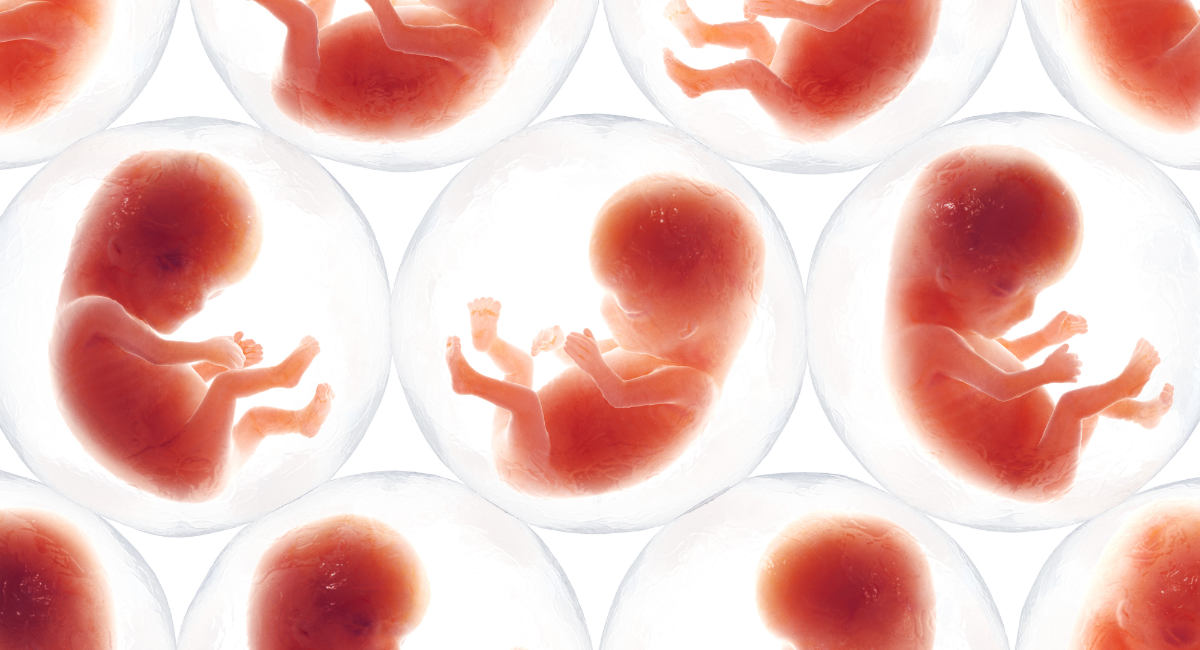On May 26, the International Society for Stem Cell Research (ISSCR) issued new guidelines which called for lifting the prohibition against growing lab-created embryos beyond 14 days of development. Although these guidelines are not, and never have been, legally binding in and of themselves, they have nonetheless served as a rein on what scientists are allowed to do, preventing research and experimentation on embryos older than 14 days. Some countries, such as Canada and the United Kingdom, have legal restrictions in place against such experimentation; however, the United States and China, which have been the sites of the most disturbing recent experiments involving human-monkey chimeras and so-called “blastoids” or “model embryos,” do not have any such legal restrictions.
The call to abandon this 14-day rule has sparked concern among some doctors and bioethicists. David Albert Jones, head of the Oxford-based Anscombe Bioethics Centre, has raised concerns about the move, and about the slow erosion of restrictions on human embryo experimentation in general. His official statement identified five original assurances given to the public when the UK legalized such experimentation in 1990:
1) No human embryo would be created by cloning; 2) No human embryo would be genetically modified; 3) No part-human, part-nonhuman embryo could be created; 4) The use of human embryos in assisted reproduction and in research would be regulated with the utmost care; 5) And, most famously, no experimentation on human embryos would be permitted after 14 days.
READ: International group wants to scrap restrictions on human embryo experimentation
Jones noted, “The first three of these ‘safeguards’ have since been stripped away by various acts of law,” and “the Human Fertilisation and Embryology Authority (HFEA) has rarely, if ever, refused to grant or to extend a research licence,” rendering the fourth safeguard moot. This leaves only the 14-day rule, which, according to Jones, has only survived this long because until now, we have lacked the technological capacity to culture human embryos for a longer period.
“In effect,” stated Jones, “the rule has been like a speed limit that no car could physically achieve. It was a vacuous prohibition, forbidding the impossible and allowing experimentation on human embryos at every stage that this was physically possible.” This point is conceded by the ISSCR’s guidelines, which state: “It is currently not technically feasible to culture human embryos beyond … 14 days post-fertilization. However, culture systems are evolving, making this a possibility in the near future.” Jones believes this is the real reason for the abandonment of the 14-day rule–not because we should, but because we now can.
The profit motive is, of course, another highly probable factor behind the abandonment of ethical guidelines. This concern is expressed by Suzanne Scorsone, Director of Research at the Archdiocese of Toronto, who said, “There will always be some people who will be trying to push the boundaries for their own interests, aware or unaware that they are pushing beyond what is for the common good or in keeping with human dignity.”
And Father Miller, a Canadian bioethicist and founder of the Redemptorist Bioethics Consultancy, said he wondered whether the change was “really aimed at greater knowledge or alleviation of issues around pregnancy and birth? Or is there something more specific and possibly more lucrative if discoveries lead to patented procedures?” He said he sees the abandonment of the 14-day rule as “one more example of human beings and human lives being dismissed because they are worth more under the microscope of a researcher.”
The ISSCR now advises case-by-case approval of studies involving “only a minimal number” of lab-grown embryos older than 14 days if “broad public support [is] achieved within a jurisdiction” and if local laws permit doing so. This is noteworthy, for at least two reasons. Firstly, it suggests that popular public opinion, rather than any objective scientific or ethical principle, should be the ultimate arbiter of what is permissible within the realm of science. And secondly, the emphasis on the use of a “minimal number of embryos” is an implicit — and perhaps inadvertent — admission that these embryos have inherent dignity and worth, and that experimenting on them is a violation of that dignity. Otherwise, why would it matter how many were sacrificed on the altar of “scientific progress?”
READ: Senate votes against legislation to ban creation of human-animal hybrid embryos
“To experiment on human embryos that are up to 14-days-old — extremely vulnerable human lives — is already a grave injustice and a form of exploitation,” Jones stated. “Considering that abortion is legal up to 24 weeks in Britain, or up to birth for babies with disabilities, one must wonder what principle would protect unborn infants from experimentation up to, or beyond, these same limits.”
Given some of the recent arguments that have been proposed in favor of infanticide, this situation is increasingly within the realm of imaginable possibility.
In any case, as Jones states, “pragmatism combined with the belief that the ability to do more is always progress does not provide a solid foundation for doing so.”
“Like” Live Action News on Facebook for more pro-life news and commentary!







